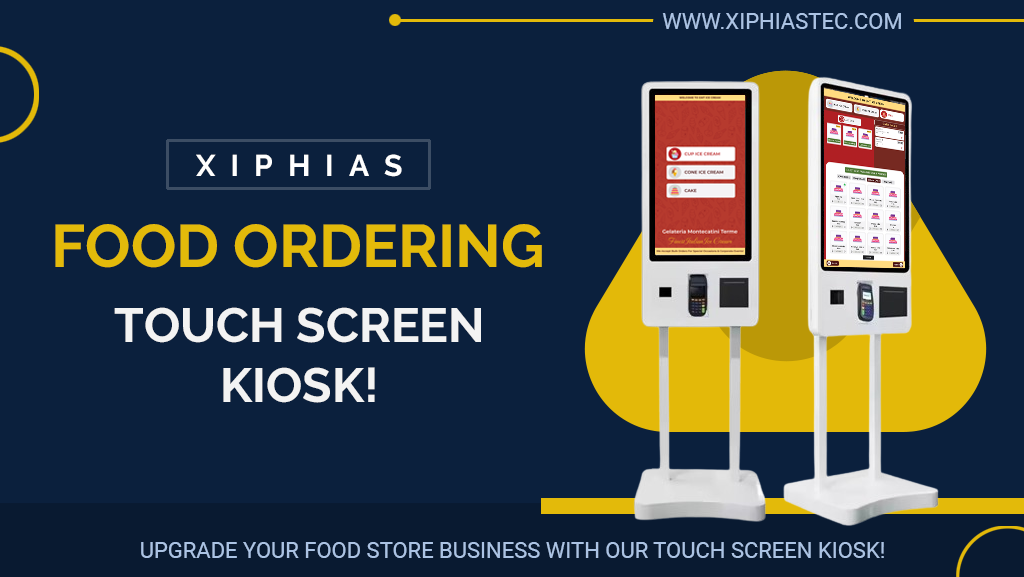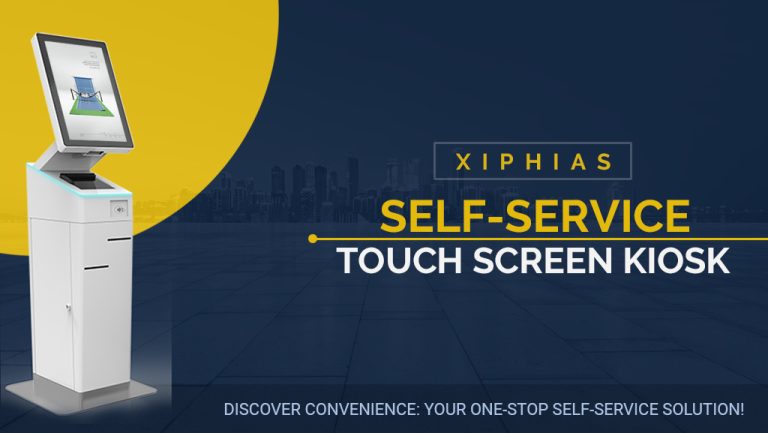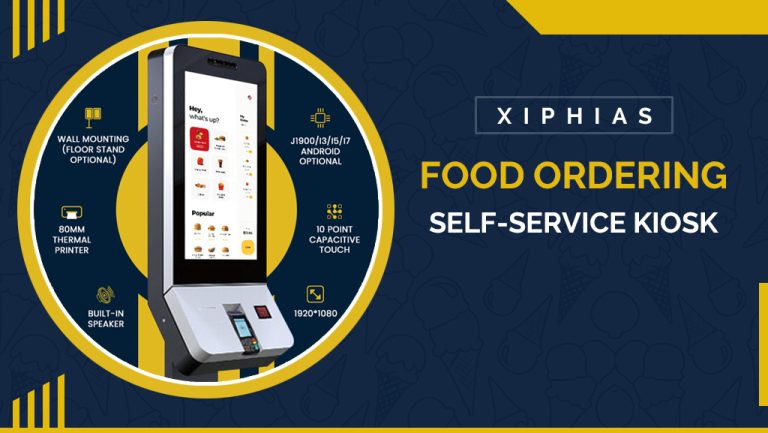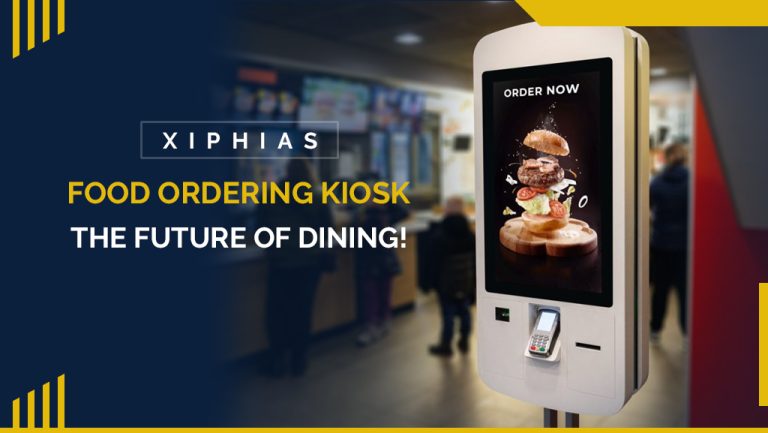How Do Self-Ordering Kiosks Improve Restaurant Efficiency?
Self-ordering kiosks have transformed the restaurant industry. They streamline operations and enhance customer satisfaction. Here are some key ways they improve restaurant efficiency.
1. Reduces Order Errors
Self-ordering kiosks minimize human errors in the ordering process. Customers enter their own orders directly into the system. This ensures that orders are accurate and clear for the kitchen staff. The elimination of miscommunication reduces the chances of incorrect meals being prepared.
2. Faster Order Processing
Kiosks allow customers to place orders without waiting for a server. This speeds up the entire ordering process significantly. Customers can review menu options at their own pace. The kiosk system processes the orders quickly and sends them directly to the kitchen.
3. Streamlines the Payment Process
Self-ordering kiosks often include integrated payment systems. Customers can complete their orders and make payments in one step. This eliminates the need for a separate payment interaction with the cashier. As a result, customers experience quicker service, and staff can focus on other tasks.
4. Increases Table Turnover Rate
Faster order processing and reduced wait times lead to increased table turnover. When customers are served more quickly, they finish their meals faster. This creates room for more guests, especially during peak hours. Higher turnover means increased revenue potential for restaurants.
5. Frees Up Staff for Other Tasks
With kiosks handling the ordering process, staff can focus on other critical tasks. Employees can now dedicate more time to food preparation, cleaning, and customer assistance. This makes restaurant operations smoother and more efficient overall.
6. Enhances Order Customization
Self-ordering kiosks give customers the freedom to customize their orders. Customers can modify their meals according to preferences without feeling rushed. This increases customer satisfaction and reduces the likelihood of mistakes. Customization options are easily handled by the kiosk system.
7. Provides Detailed Menu Information
Kiosks display detailed information about menu items, including ingredients and prices. This allows customers to make informed decisions before placing their orders. Having clear and visible information helps customers avoid confusion. It also speeds up the decision-making process, making lines move faster.
8. Reduces Labor Costs
Automating the ordering process helps restaurants reduce labor costs. Fewer staff are needed to take orders and manage payments. This allows restaurant owners to reallocate labor resources where they are needed most. Reduced labor costs can improve profitability without compromising service quality.
9. Handles High Volumes Efficiently
During busy times, kiosks can handle more orders simultaneously than a human server. Multiple customers can use kiosks at once, speeding up the process. This reduces long lines and prevents customer frustration during peak hours. Kiosks help restaurants serve more people in less time.
10. Encourages Upselling
Kiosks are programmed to suggest additional items during the ordering process. This encourages customers to add sides, drinks, or desserts to their meals. The automated upselling prompts are consistent and effective in increasing average order size. This boosts revenue without adding pressure on staff.
11. Improves Order Tracking and Analytics
Kiosks generate valuable data that restaurants can use to improve their operations. Restaurants can track popular items, peak hours, and customer preferences. This data helps with menu adjustments, staff scheduling, and inventory management. With better insights, restaurants can operate more efficiently.
12. Reduces Wait Times
Self-ordering kiosks reduce the time customers spend waiting in line. Customers can place orders immediately, without needing to wait for a staff member. This helps improve customer satisfaction, especially during busy periods. Shorter wait times mean happier customers who are more likely to return.
13. Improves Hygiene and Safety
Self-ordering kiosks can improve hygiene in restaurants by reducing person-to-person contact. In times when health and safety are a priority, kiosks help minimize exposure. Contactless payment options further enhance safety for both customers and staff. This creates a safer dining environment for everyone.
14. Consistent Service Quality
Kiosks provide consistent service, without human errors or variations in mood. Every customer receives the same level of service through the kiosk interface. This consistency enhances the overall customer experience. Restaurants can maintain high service standards with fewer staff involved.
15. Reduces Paper Usage
Digital kiosks reduce the need for paper receipts and printed menus. Many kiosks offer digital receipts via email or mobile. This reduces waste and promotes eco-friendly practices within the restaurant. Customers appreciate the convenience of digital receipts, and it helps restaurants reduce their environmental footprint.
16. Improves Employee Productivity
With fewer tasks to manage, employees can focus on delivering better service. Staff no longer need to spend time taking orders and processing payments. Instead, they can concentrate on food preparation, cleaning, and attending to customers. This improves overall productivity and allows staff to be more efficient.
17. Attracts Tech-Savvy Customers
Self-ordering kiosks appeal to tech-savvy customers who prefer modern service options. Many customers enjoy using kiosks because of the convenience and ease of use. By adopting kiosks, restaurants can attract younger, tech-savvy diners. This can enhance the restaurant’s image and bring in new business.
Conclusion
Self-ordering kiosks significantly improve restaurant efficiency. They streamline the ordering process, reduce labor costs, and increase customer satisfaction. By adopting this technology, restaurants can serve more customers faster while maintaining high service quality. Investing in self-ordering kiosks is a smart move for restaurants looking to enhance efficiency and stay competitive in the fast-paced food industry.




